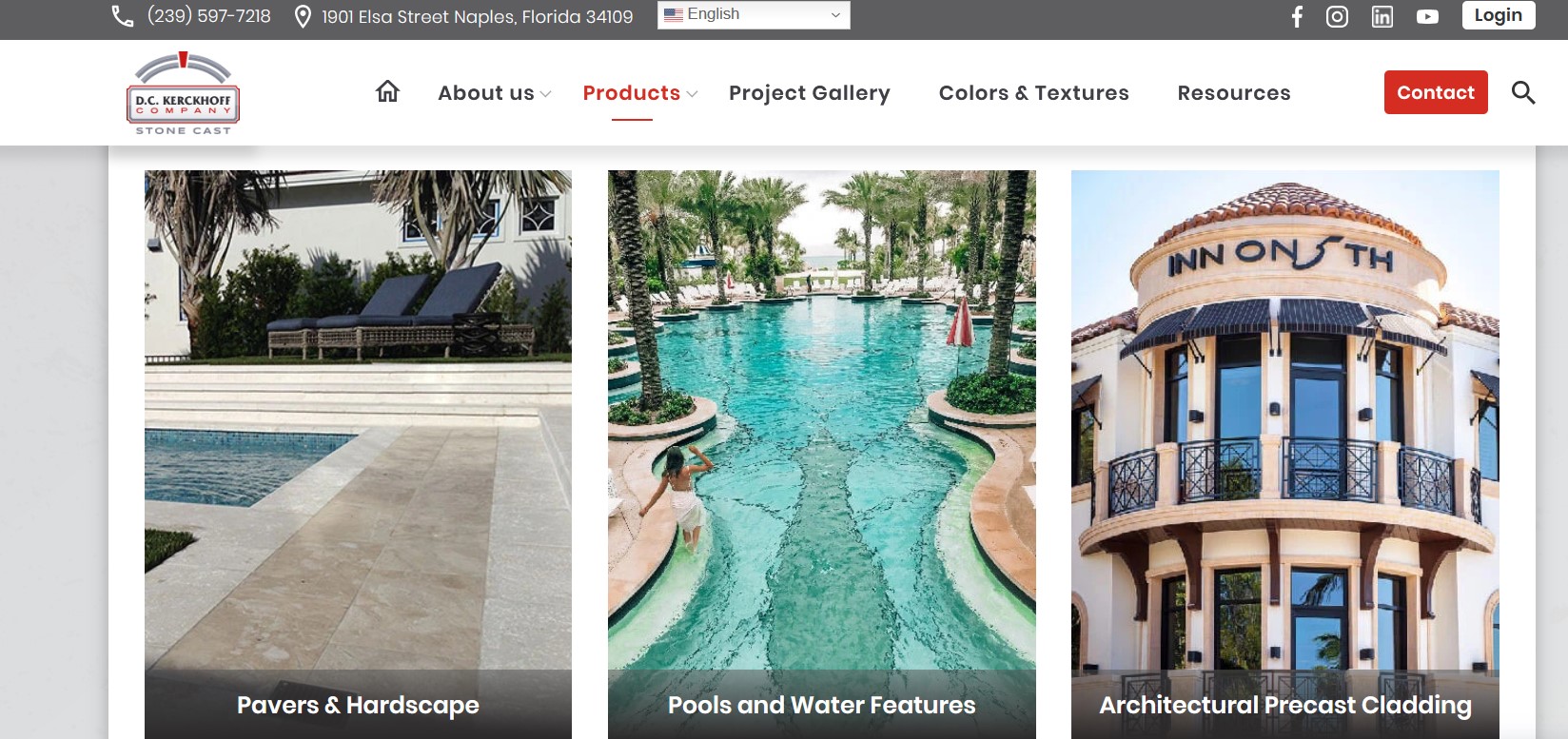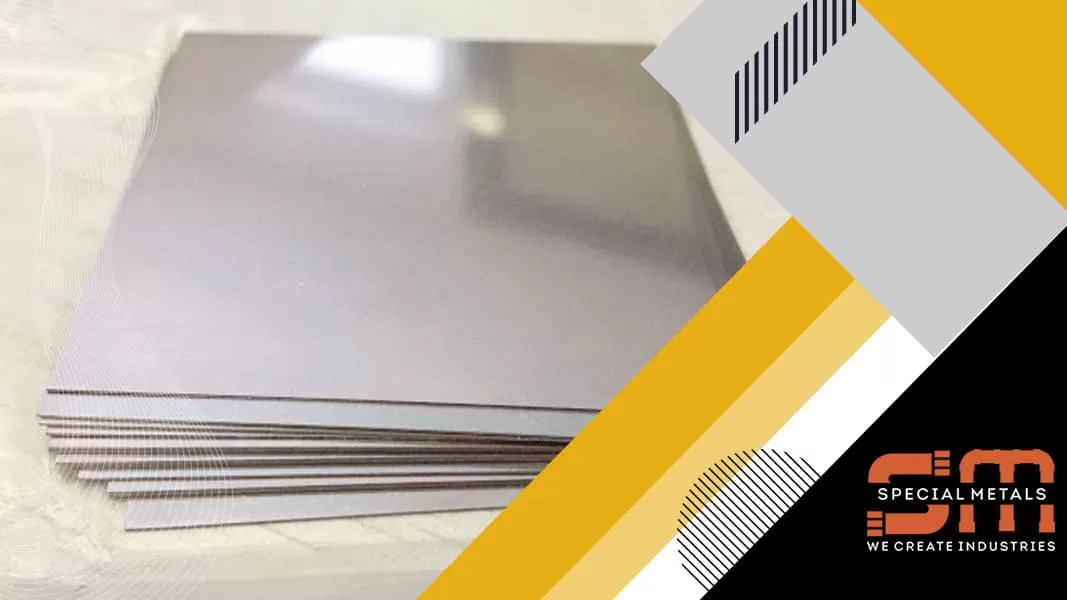Precast concrete is becoming an increasingly popular choice in the construction industry due to its numerous advantages over traditional building materials. Its ability to reduce construction time and costs makes it an attractive option for builders, architects, and developers alike. In addition to these benefits, a wide range of Precast concrete products further enhances its versatility and usefulness in various construction projects. Explores the various benefits of precast concrete and how it contributes to more efficient and cost-effective construction projects.
1. Faster Construction Time
One of the most significant advantages of using precast concrete is the reduction in construction time. Unlike traditional concrete, which is poured and cured on-site, precast concrete is manufactured in a controlled environment off-site and delivered ready to install. This method offers several time-saving benefits:
- Simultaneous Processes: While precast concrete components are being manufactured, site preparation, foundation work, and other construction activities can occur simultaneously. This parallel processing can significantly reduce the overall project timeline.
- Weather Independence: On-site concrete pouring can be delayed by adverse weather conditions, but precast concrete production in a controlled environment is not affected by weather. This ensures that projects stay on schedule, avoiding costly delays.
- Rapid Installation: Precast concrete components are designed for easy assembly, which speeds up the installation process. Since they arrive ready to be installed, there is no need for on-site formwork, curing, or scaffolding, further reducing construction time.
2. Cost Efficiency
Precast concrete also offers considerable cost savings throughout the construction process. Here are some ways it helps reduce expenses:
- Reduced Labor Costs: With much of the work being done off-site, the need for a large on-site workforce is minimized. This leads to reduced labor costs and lower site management expenses.
- Less Waste: The controlled manufacturing environment allows for precise measurements and minimizes waste. This is not only more environmentally friendly but also reduces the costs associated with waste disposal.
- Lower Material Costs: Precast concrete manufacturers often buy materials in bulk, resulting in lower costs that can be passed on to the customer. Additionally, the durability and strength of precast concrete can lead to reduced costs in maintenance and repairs over the structure’s lifetime.
- Reduced Equipment Costs: On-site concrete pouring requires significant equipment like mixers, scaffolding, and cranes, which can be costly to rent and operate. Precast concrete, however, reduces the need for such equipment, as the components are delivered ready to install.
3. Quality and Durability
Precast concrete is known for its high quality and durability, which can lead to long-term cost savings:
- Consistent Quality: Because precast concrete is produced in a controlled factory environment, it benefits from consistent quality control processes. This results in high-quality components that are uniform in strength, durability, and appearance, reducing the likelihood of on-site errors and costly rework.
- Durability: Precast concrete is resistant to many common forms of degradation, including weathering, corrosion, and chemical exposure. This longevity reduces the need for repairs and replacements, resulting in long-term savings on maintenance costs.
- Fire Resistance: Precast concrete is non-combustible and offers excellent fire resistance. This can reduce insurance premiums and enhance safety, providing peace of mind for builders and occupants alike.
4. Enhanced Safety and Reduced Risk
Safety is a paramount concern on construction sites, and using precast concrete can help mitigate risks:
- Fewer On-Site Hazards: Since much of the concrete work is completed off-site, fewer on-site activities could lead to accidents or injuries. This not only enhances worker safety but also minimizes the potential for costly delays due to accidents.
- Controlled Environment Manufacturing: By producing concrete in a factory setting, manufacturers can maintain a clean and safe environment, reducing the likelihood of errors or accidents that could compromise the integrity of the concrete.
5. Design Flexibility
Precast concrete offers significant design flexibility, which can lead to creative solutions and cost savings:
- Customizable Components: Precast concrete can be molded into virtually any shape, size, or finish, allowing for customized designs that meet specific project requirements without the need for complex on-site construction techniques.
- Aesthetic Versatility: The material can be finished to mimic natural stone, brick, or other textures, offering aesthetic versatility without the high costs associated with using these materials.
- Modular Construction: Precast concrete components can be designed for modular construction, enabling quick assembly and disassembly if needed. This adaptability can be particularly beneficial for projects requiring future expansions or modifications.
Conclusion
The use of precast concrete in construction projects offers numerous benefits that contribute to reduced construction time and costs. Its ability to accelerate project timelines, lower expenses, ensure consistent quality, and provide flexibility in design makes it a valuable material choice for modern construction. As the demand for efficient, cost-effective building solutions continues to grow, precast concrete will likely play an increasingly important role in the future of construction.
By choosing precast concrete, builders and developers can achieve their project goals faster, more affordably, and with greater confidence in the durability and quality of the final product.






